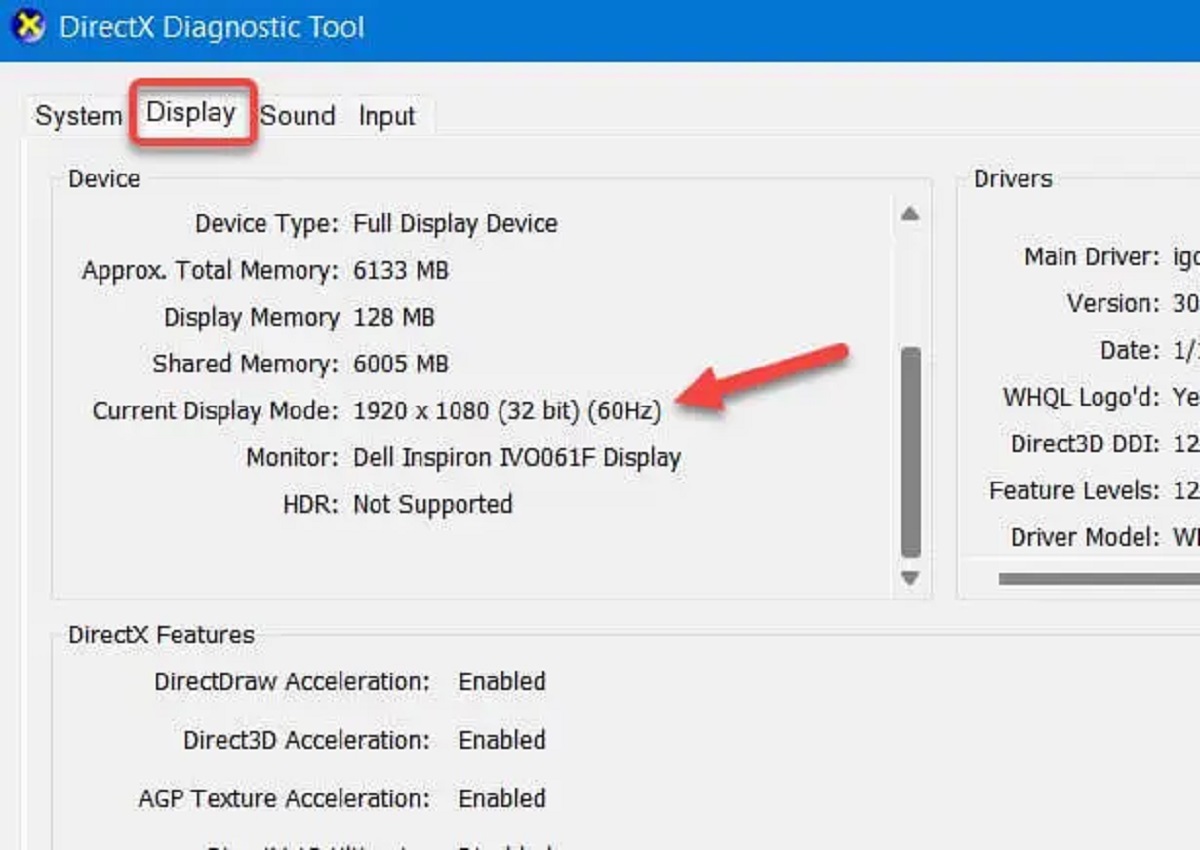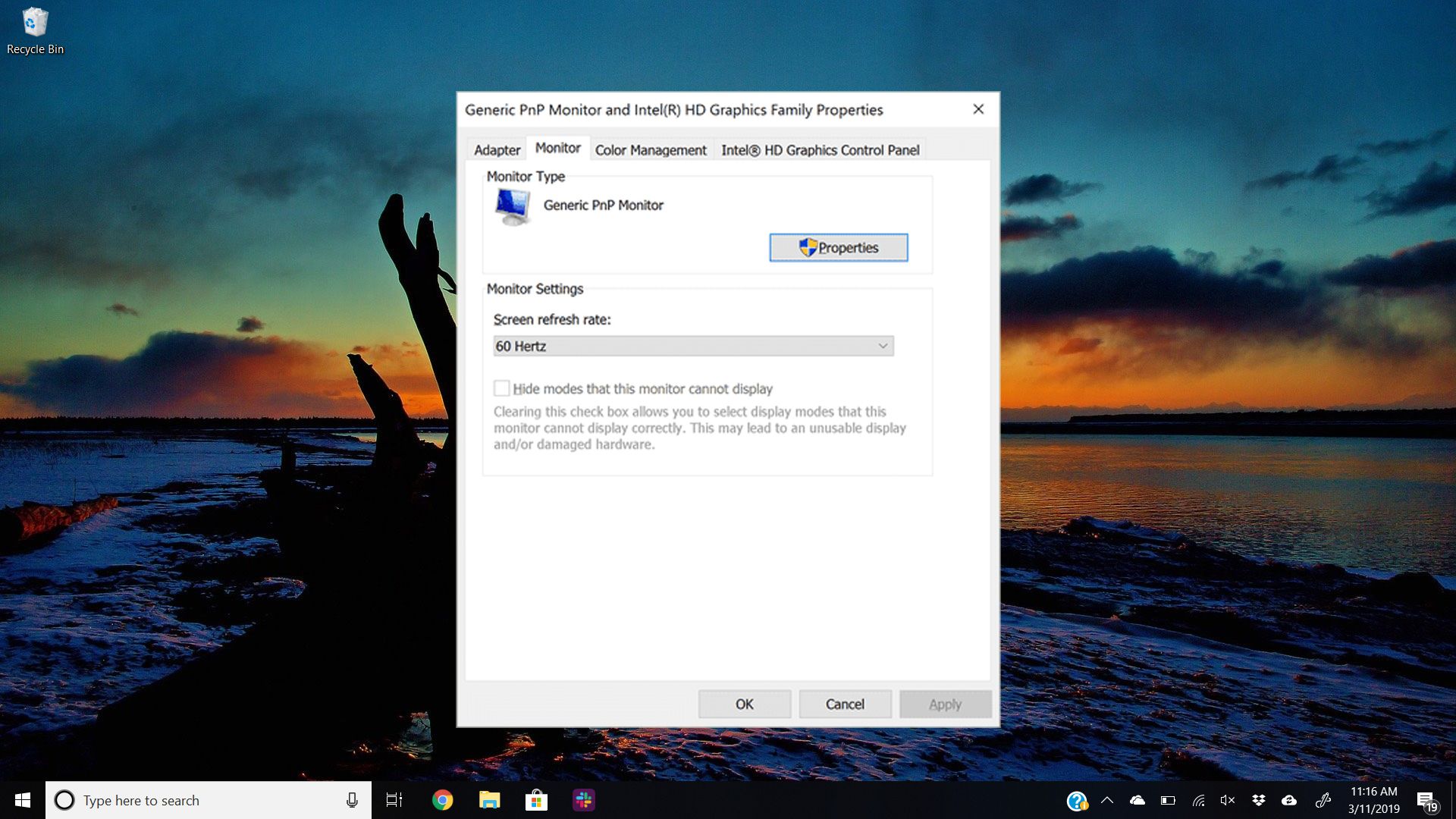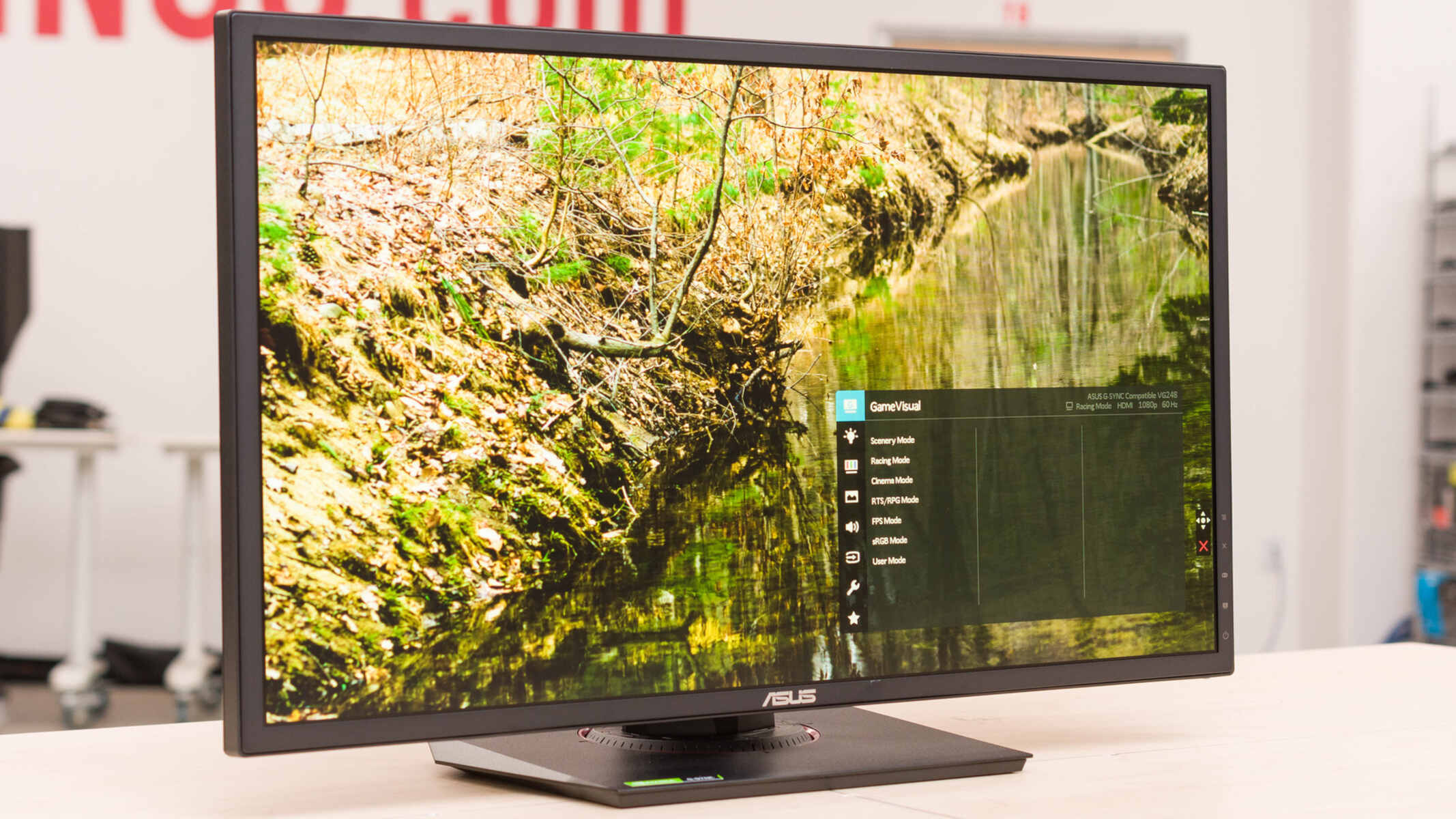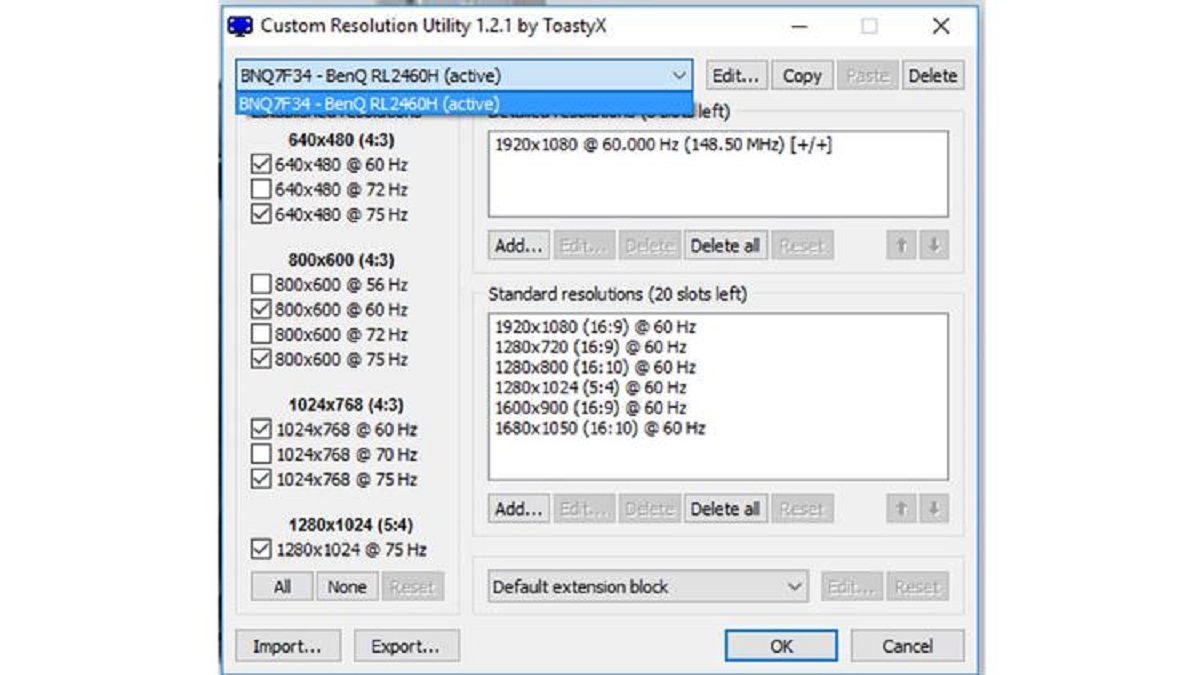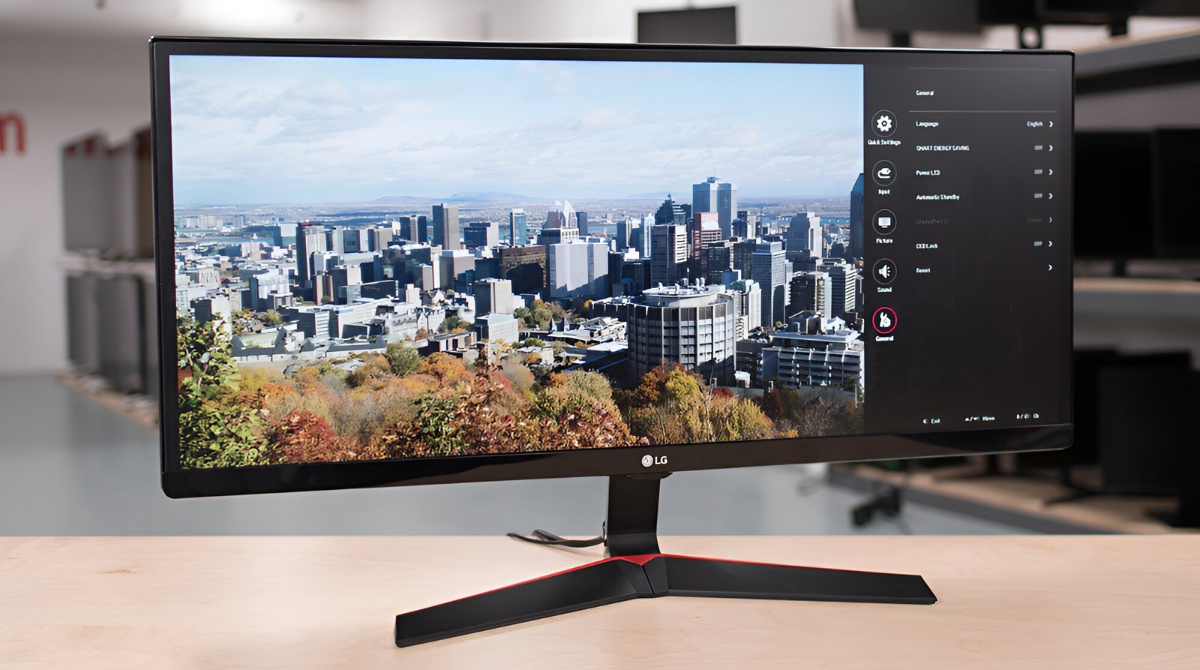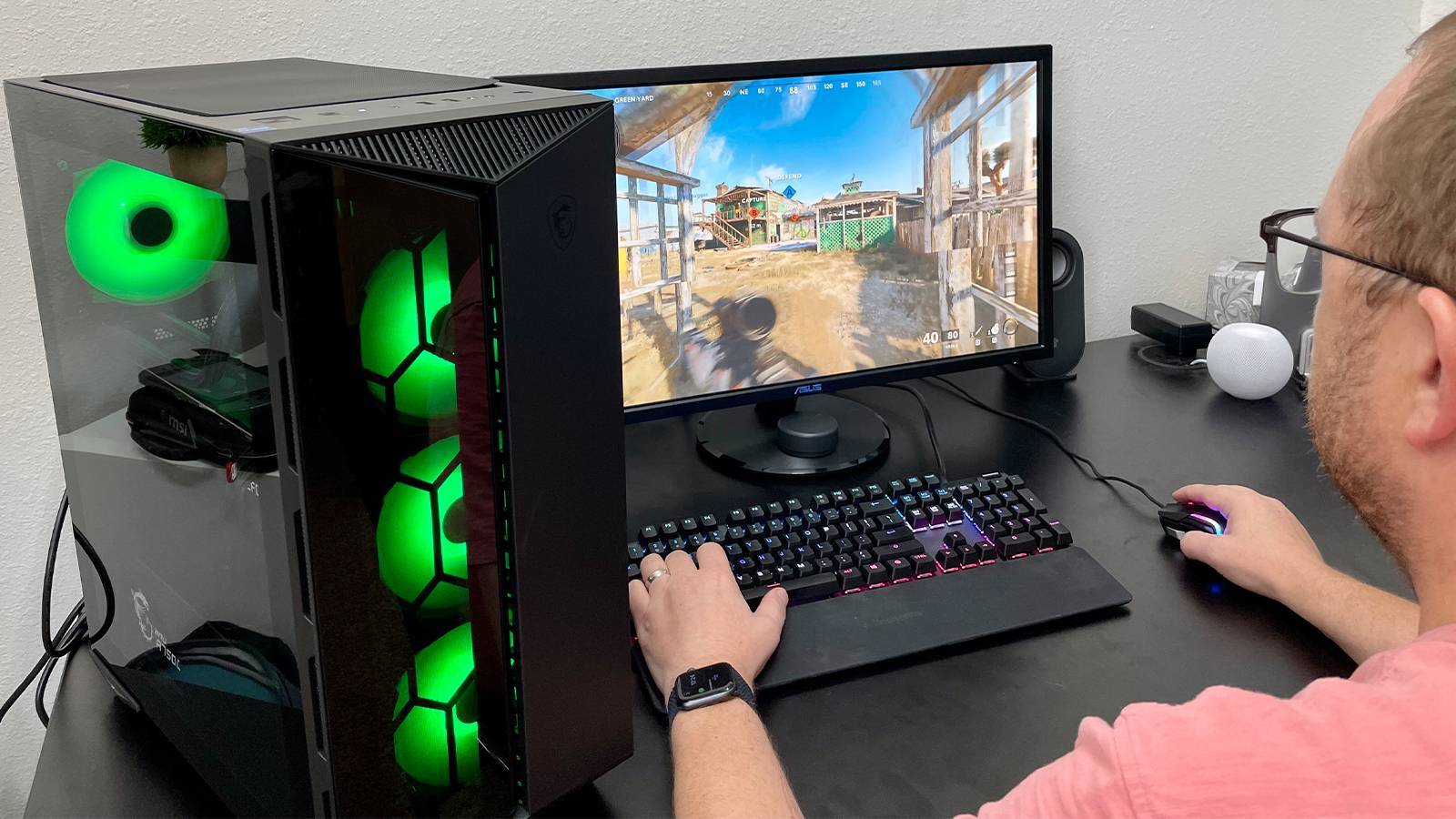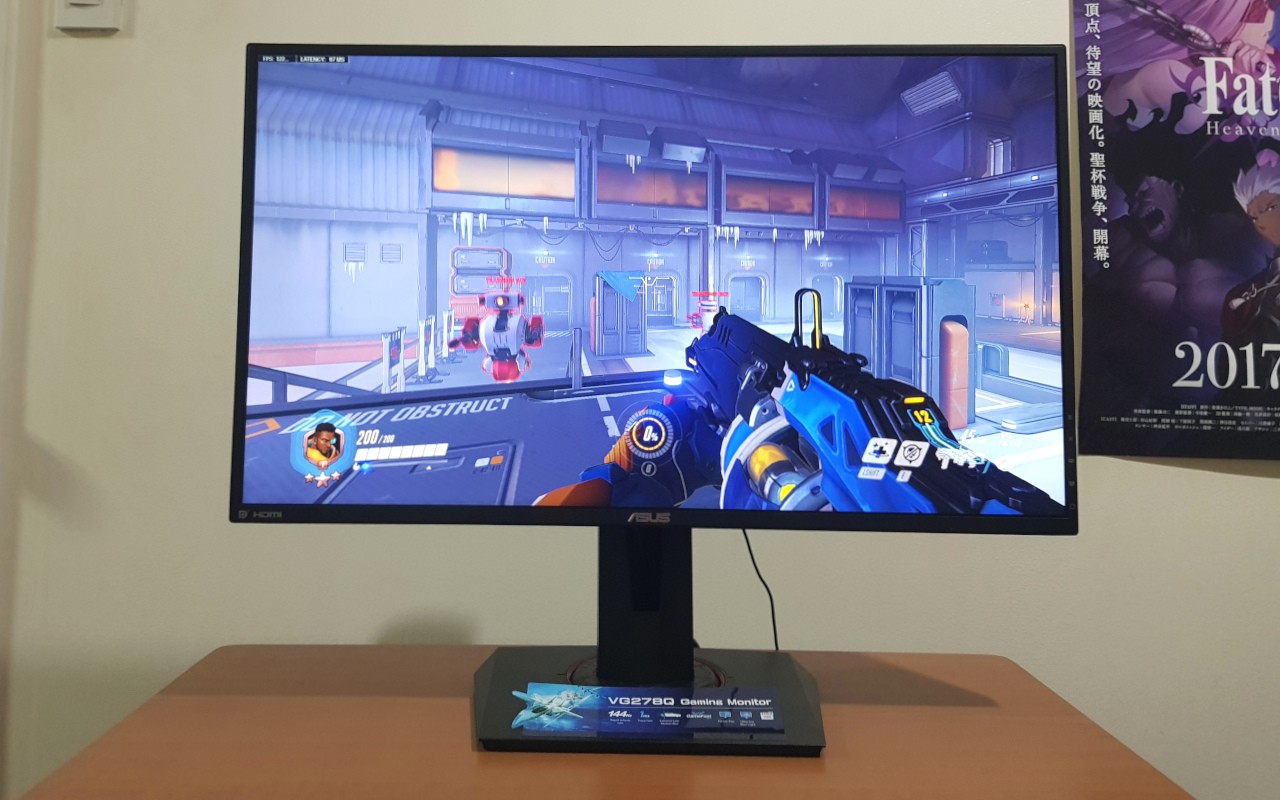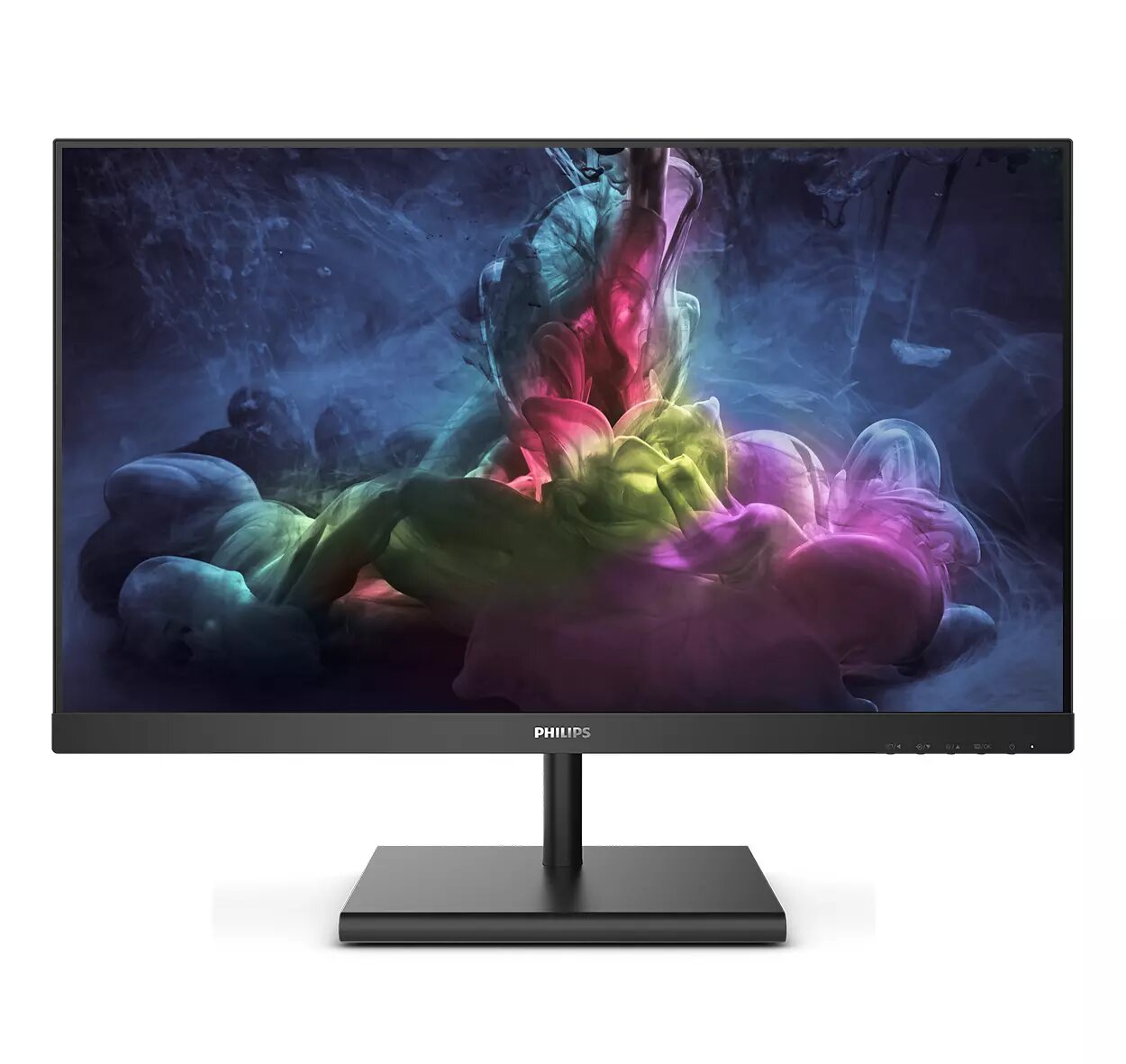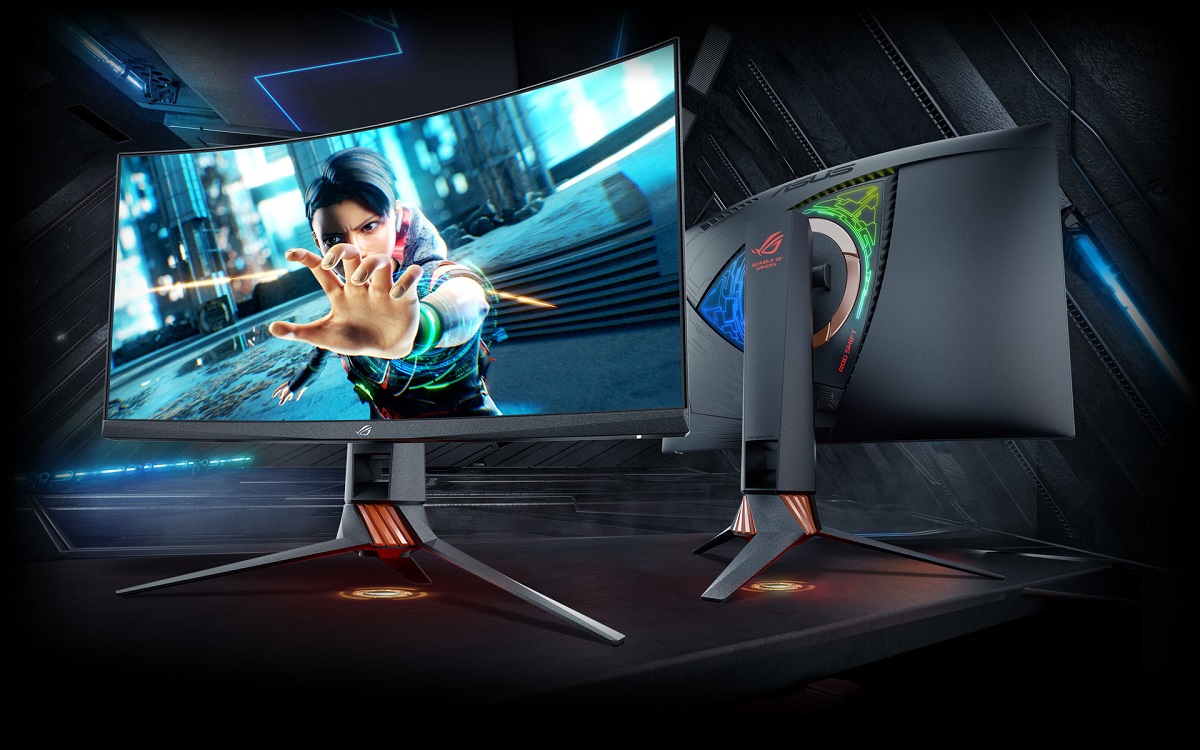What is Monitor Refresh Rate?
The monitor refresh rate refers to the number of times the display updates the image on the screen per second. It is measured in Hertz (Hz). A higher refresh rate means that the screen refreshes more frequently, resulting in smoother and more fluid visuals.
The standard refresh rate for most monitors is 60Hz, meaning that the display refreshes 60 times per second. However, there are also monitors available with higher refresh rates, such as 75Hz, 144Hz, and even 240Hz. These higher refresh rates can greatly enhance the gaming and viewing experience, especially in fast-paced action scenes.
When the refresh rate is low, the screen may exhibit noticeable motion blur, which can be particularly problematic in gaming where quick reactions are crucial. With a higher refresh rate, the motion blur is reduced, resulting in clearer, more detailed images. It minimizes the delay between frames, providing smoother transitions and a more immersive experience.
It is worth noting that the monitor refresh rate is not to be confused with the frame rate of a video or game. The refresh rate is determined by the monitor itself, whereas the frame rate is influenced by the content being displayed. However, having a higher refresh rate monitor allows for smoother playback of videos and games that have higher frame rates.
In summary, the monitor refresh rate determines how often the display updates the image on the screen. A higher refresh rate results in smoother visuals and reduced motion blur. It is an important factor to consider, especially for gamers and those who demand a superior viewing experience.
Why does Refresh Rate Matter?
The refresh rate of a monitor plays a crucial role in the overall visual experience. Here are a few reasons why the refresh rate matters:
- Smooth and Fluid Motion: A higher refresh rate, such as 144Hz or 240Hz, ensures smoother motion on the screen. This is especially important for fast-paced activities like gaming or watching action-packed videos. The higher number of frames displayed per second reduces motion blur and makes the visuals appear more lifelike and responsive.
- Reduced Eye Strain: Monitors with higher refresh rates have been shown to reduce eye strain and fatigue. This is because the screen updates more frequently, resulting in less flickering and a more comfortable viewing experience, particularly during long gaming or work sessions.
- Gaming Advantage: For gamers, a higher refresh rate can provide a competitive edge. It allows for more accurate tracking of fast-moving objects, giving players a better chance to react quickly and make precise movements. This is especially true in fast-paced multiplayer games where split-second decisions can make all the difference.
- Enhanced Visual Quality: A higher refresh rate enhances the overall visual quality by reducing tearing and stuttering. Tearing occurs when the monitor displays multiple frames in a single refresh cycle, resulting in a disjointed image. With a higher refresh rate, the monitor can better synchronize with the gaming or video content, resulting in smoother and more visually pleasing graphics.
- Future-Proofing: Investing in a monitor with a higher refresh rate ensures that you’re ready for future advancements in technology and content. As games and videos continue to utilize higher frame rates, a higher refresh rate monitor will allow you to fully capitalize on these advancements and enjoy the best possible visual experience.
Overall, the refresh rate of a monitor is fundamental in providing a smooth, immersive, and eye-friendly viewing experience. Whether you’re a gamer, a content creator, or a regular user, choosing a monitor with a higher refresh rate can significantly enhance the quality of your visual content and improve your overall computing experience.
Checking Monitor Refresh Rate on Windows
Windows provides a simple and straightforward way to check the refresh rate of your monitor. Here’s how you can do it:
- Right-click on the desktop: Begin by right-clicking on an empty space on your desktop. This will open a context menu.
- Select Display Settings: From the context menu, click on “Display settings” to open the display settings page.
- Scroll down to the “Advanced display settings” section: On the display settings page, scroll down until you find the “Advanced display settings” link.
- Click on “Display adapter properties for Display X”: Clicking on the “Display adapter properties” link will open a new window specific to your monitor.
- Select the Monitor tab: In the new window, navigate to the “Monitor” tab.
- Check the Screen Refresh Rate: In the “Monitor” tab, you will find the refresh rate listed under the “Screen refresh rate” section. It will display the current refresh rate for your monitor.
Alternatively, you can also access the refresh rate settings directly from the Windows settings by following these steps:
- Open Windows Settings: Open the Windows Settings app by clicking on the Start menu and selecting the gear icon or by pressing the Windows key + I.
- Select System: In the Windows Settings app, click on “System” to open the system settings page.
- Choose Display: Within the system settings, select “Display” from the sidebar.
- Scroll down and click on “Advanced display settings”: Under the “Display” settings, scroll down to find the “Advanced display settings” link.
- Follow steps 4-6 from the previous method: Proceed to follow steps 4-6 from the previous method to access and check the monitor’s refresh rate.
By following these steps, you can easily check the refresh rate of your monitor on a Windows system. This information can be helpful when optimizing your display settings or troubleshooting any issues related to motion clarity and smoothness.
Checking Monitor Refresh Rate on Mac
Checking the refresh rate of your monitor on a Mac is a quick and simple process. Here’s how you can do it:
- Click on the Apple menu: Start by clicking on the Apple menu located in the top-left corner of the screen.
- Select System Preferences: From the menu, choose “System Preferences” to open the System Preferences window.
- Click on Displays: In the System Preferences window, click on the “Displays” icon. This will open the display settings for your Mac.
- Navigate to the Display tab: Once in the Display settings, select the “Display” tab.
- Hold down the Option key: While on the Display tab, hold down the Option key. This will reveal the “Detect Displays” button.
- Click on “Detect Displays”: With the Option key held down, click on the “Detect Displays” button. This will make your Mac search for connected displays and update the information.
- Check the Refresh Rate: Once the display information is updated, you will see the information about your monitor, including the refresh rate.
That’s it! You have now successfully checked the refresh rate of your monitor on your Mac system. By knowing the refresh rate, you can optimize your display settings for better visual performance or troubleshoot any issues related to motion smoothness or clarity.
Checking Monitor Refresh Rate on Linux
Checking the refresh rate of your monitor on a Linux system can be done using various methods, depending on your distribution and desktop environment. Here are a few common ways to check the monitor refresh rate:
- Using Display Settings: Many Linux distributions provide a built-in display settings tool where you can easily check the refresh rate. Open the “Settings” or “Display” application, navigate to the monitor settings, and look for the refresh rate option. The refresh rate will be displayed next to the resolution settings.
- Using xrandr Command: Open a terminal and type the following command:
xrandr. This will display detailed information about your connected displays, including the refresh rate. Look for an entry labeled “connected” or “connected primary” and find the line that mentions the refresh rate (e.g., “1920x1080_60.00” indicates a refresh rate of 60Hz). - Using Nvidia Settings: If you are using an Nvidia graphics card, you can use the Nvidia X Server Settings application. Open the application and navigate to the “X Server Display Configuration” section. The refresh rate will be listed next to the resolution settings for each monitor.
- Using AMD Settings: For AMD graphics card users, open the AMD Radeon Settings application or the AMD Control Center, depending on your distribution. Navigate to the display settings section, where you can find the refresh rate listed next to the resolution.
These are just a few methods to check the monitor refresh rate on a Linux system. The specific steps may vary depending on the distribution and desktop environment you are using. The information provided by checking the refresh rate can be valuable for adjusting display settings, troubleshooting issues, and ensuring an optimal visual experience on your Linux machine.
How to Change Monitor Refresh Rate
If you want to change the refresh rate of your monitor, you can follow these steps:
- Windows:
- Right-click on the desktop and select “Display settings” or open the Windows Settings app and go to “System” and then “Display”.
- In the display settings, scroll down and click on “Advanced display settings”.
- Under the advanced settings, click on “Display adapter properties” or “Display adapter properties for Display X”.
- In the new window, go to the “Monitor” tab and select the desired refresh rate from the drop-down menu next to “Screen refresh rate”.
- Click “Apply” and then “OK” to save the changes.
- Keep in mind that the available refresh rates depend on your monitor and graphics card capabilities.
- macOS:
- Click on the Apple menu and select “System Preferences”.
- In the System Preferences window, click on “Displays”.
- Navigate to the “Display” tab.
- Hold down the Option key and click on the “Detect Displays” button.
- The available refresh rates for your monitor will be displayed. Select the desired refresh rate.
- Click “OK” to apply the changes.
- Linux:
- Open the display settings application or the system settings and navigate to the monitor or display settings.
- Select your monitor and look for the refresh rate option.
- Choose the desired refresh rate from the available options and apply the changes.
- If the desired refresh rate is not available, make sure your graphics drivers are properly installed and updated.
It’s important to note that not all monitors support higher refresh rates. Ensure that your monitor and graphics card can handle the chosen refresh rate to avoid compatibility issues. Additionally, changing the refresh rate may require administrative privileges on your computer.
By following these steps, you can easily change the refresh rate of your monitor to improve your visual experience and tailor it to your specific needs.
How to Optimize Monitor Refresh Rate for Gaming
Optimizing the monitor refresh rate for gaming can greatly enhance your gaming experience by providing smoother gameplay and reducing motion blur. Here are some tips to optimize the refresh rate for gaming:
- Check your monitor’s refresh rate: Ensure that your monitor supports a higher refresh rate. Monitors with refresh rates of 144Hz or higher are ideal for gaming.
- Enable a higher refresh rate: Adjust the refresh rate settings on your computer to match the capabilities of your monitor. Follow the instructions provided in the previous section to change the refresh rate.
- Update your graphics drivers: Ensure that your graphics drivers are up to date. Visit the website of your graphics card manufacturer (e.g., NVIDIA, AMD, Intel) to download and install the latest drivers. Updated drivers often include optimizations for gaming and better refresh rate support.
- Enable G-Sync or FreeSync: If your monitor supports G-Sync (for NVIDIA) or FreeSync (for AMD), enable these technologies. They synchronize the refresh rate of your monitor with the frame rate of your GPU, reducing screen tearing and providing a smoother gaming experience.
- Adjust in-game settings: Check the graphics settings within your games. Lowering graphics settings or reducing the resolution can help maintain a higher frame rate, making the most of your monitor’s refresh rate and delivering smoother gameplay.
- Disable V-Sync: In some cases, disabling vertical synchronization (V-Sync) can result in a smoother gaming experience. V-Sync limits the frame rate to match the refresh rate, but it can introduce input lag. Experiment with V-Sync settings to see what works best for your setup.
- Consider overclocking: If you have a high-quality monitor, you may be able to overclock it to achieve an even higher refresh rate. However, note that this may void your warranty and can cause stability issues if not done correctly.
Remember, optimizing the monitor refresh rate alone may not drastically improve your gaming experience if other hardware components, such as the graphics card and CPU, are not able to consistently deliver high frame rates. It’s important to have a well-balanced system for the best gaming performance.
By following these tips, you can optimize the monitor refresh rate for gaming and enjoy smoother gameplay with reduced motion blur and improved responsiveness.
Conclusion
The refresh rate of your monitor plays a vital role in the overall visual experience, especially for gaming and fast-paced activities. A higher refresh rate results in smoother motion, reduced motion blur, and improved responsiveness. It can greatly enhance your gaming experience by providing a competitive edge and a more immersive gameplay environment.
Checking and changing the refresh rate of your monitor is a relatively simple task on Windows, macOS, and Linux. It allows you to tailor your display settings to optimize the visual performance. Remember to ensure that your monitor supports the desired refresh rate and that your graphics drivers are up to date to avoid compatibility issues.
When it comes to gaming, optimizing the refresh rate involves not only adjusting the monitor settings but also considering factors like enabling technologies such as G-Sync or FreeSync, adjusting in-game settings, and maintaining a balance between the refresh rate and the GPU’s ability to deliver high frame rates.
By understanding the importance of monitor refresh rate and following the steps outlined in this article, you can take full advantage of your monitor’s capabilities and elevate your visual experience to new heights. Whether you’re a gamer, a content creator, or an avid viewer, optimizing the refresh rate can significantly enhance the clarity, smoothness, and overall quality of your visual content.







